The restaurant industry in Lahore has seen a remarkable transformation in recent years, with technology playing a pivotal role in enhancing operational efficiency and customer satisfaction. One of the most significant advancements is the adoption of Point of Sale (POS) systems, which have revolutionized the way restaurants manage orders, payments, and inventory. As we step into 2025, selecting the right POS system is more critical than ever. In this article, we explore the key features to look for in a restaurant POS in Lahore to ensure seamless operations and increased profitability.
1. Cloud-Based Functionality
Cloud-based POS systems are becoming the industry standard due to their flexibility, accessibility, and security. A cloud-based system allows restaurant owners to monitor sales, inventory, and staff performance from any location using an internet connection. This feature is especially beneficial for restaurant chains and franchises in Lahore, enabling centralized management of multiple locations.
2. Integration with Online Food Delivery Platforms
With the increasing popularity of food delivery services like Foodpanda, Cheetay, and Careem NOW, a modern POS system must offer seamless integration with these platforms. This feature ensures that online orders are automatically synchronized with the restaurant’s system, reducing manual errors and improving order processing efficiency.
3. User-Friendly Interface
An intuitive and easy-to-use interface is essential for a restaurant POS system. Staff members should be able to navigate the system with minimal training, allowing them to process orders quickly and accurately. A well-designed POS system minimizes human errors and enhances overall service quality.
4. Advanced Inventory Management
Efficient inventory management is crucial for controlling costs and preventing wastage. A top-tier POS system should provide real-time inventory tracking, automated alerts for low-stock items, and supplier integration. This feature helps restaurant owners in Lahore maintain optimal stock levels, avoid over-purchasing, and reduce food wastage.
5. Multi-Payment Support
The way customers pay for their meals is evolving rapidly. A modern POS system should support multiple payment methods, including cash, credit/debit cards, mobile wallets (JazzCash, Easypaisa), and QR code payments. Offering diverse payment options improves customer convenience and enhances the dining experience.
6. Table Management and Reservations
Table management features allow restaurants to optimize seating arrangements, track reservations, and manage waiting lists efficiently. This is particularly useful for fine dining establishments and high-traffic restaurants in Lahore. A good POS system should provide real-time updates on table availability and allow customers to book reservations online.
7. Customer Relationship Management (CRM)
A POS system with built-in CRM capabilities can help restaurants build strong customer relationships. Features such as loyalty programs, personalized promotions, and customer feedback collection enable businesses to enhance customer engagement and increase repeat visits. Tracking customer preferences also allows restaurants to tailor their services accordingly.
8. Employee Management and Performance Tracking
Managing staff efficiently is essential for running a successful restaurant. A modern POS system should include features such as employee scheduling, attendance tracking, and performance analysis. This enables restaurant owners in Lahore to optimize workforce productivity and ensure accountability.
9. Automated Billing and Split Payments
A robust POS system should streamline the billing process by automatically calculating taxes, service charges, and discounts. Additionally, it should offer split payment options, allowing customers to divide the bill among multiple payment methods or individuals. This feature enhances customer convenience, especially in group dining scenarios.
10. Real-Time Reporting and Analytics
Data-driven decision-making is crucial for restaurant success. A POS system should provide comprehensive reporting and analytics, including sales trends, inventory usage, and employee performance. With real-time insights, restaurant owners can identify profitable items, optimize menu pricing, and implement effective marketing strategies.
11. Offline Mode Functionality
Internet disruptions can be a challenge, especially in areas with unstable connectivity. A POS system with offline mode ensures that restaurants can continue processing orders and payments even when the internet is down. Once connectivity is restored, the system should automatically sync data without any loss.
12. Customization and Scalability
Every restaurant has unique needs, and a one-size-fits-all approach doesn’t work. The ideal POS system should offer customization options to cater to different types of restaurants, from fast food chains to fine dining establishments. Additionally, the system should be scalable to accommodate business growth, allowing for easy integration of new features and locations.
13. Security and Data Protection
With cyber threats on the rise, data security is a top priority for businesses. A secure POS system should include encrypted transactions, multi-factor authentication, and regular data backups. Ensuring compliance with local data protection regulations safeguards customer and business information.
14. Kitchen Display System (KDS) Integration
A POS system with a Kitchen Display System (KDS) helps streamline communication between the front-of-house and kitchen staff. Orders are displayed digitally in the kitchen, reducing miscommunication and speeding up food preparation. This feature is particularly beneficial for busy restaurants in Lahore that experience high order volumes.
15. Mobile POS Capability
A mobile POS system allows servers to take orders and process payments directly at the table using tablets or smartphones. This feature enhances efficiency, reduces wait times, and improves the overall dining experience. It is especially useful for outdoor dining and large restaurants with multiple seating areas.
16. Cost and Subscription Plans
While feature-rich POS systems offer numerous benefits, cost considerations remain essential. Restaurant owners should evaluate the pricing structure, including one-time costs, subscription fees, and additional charges for upgrades or integrations. Choosing a cost-effective system that offers value for money is crucial for long-term success.
17. Integration with Accounting Software
A POS system that integrates with accounting software like QuickBooks or Xero simplifies financial management. Automated syncing of sales data, expenses, and tax calculations reduces manual bookkeeping efforts and ensures accurate financial reporting.
18. Technical Support and Customer Service
Reliable customer support is vital for resolving issues promptly and minimizing downtime. When choosing a POS system in Lahore, restaurant owners should consider providers that offer 24/7 technical support, on-site assistance, and training services for staff.
Conclusion
In 2025, selecting the right restaurant POS system in Lahore will be a game-changer for business success. The ideal system should be cloud-based, integrate with food delivery platforms, offer multiple payment options, and provide advanced inventory and employee management features. Additionally, robust security, real-time analytics, and excellent customer support are essential considerations. By investing in a feature-rich POS system, restaurant owners can enhance operational efficiency, improve customer satisfaction, and drive long-term profitability.

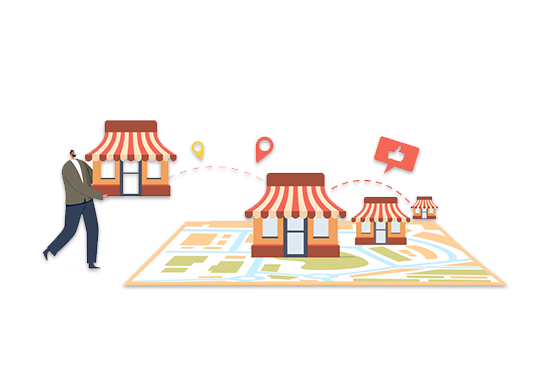
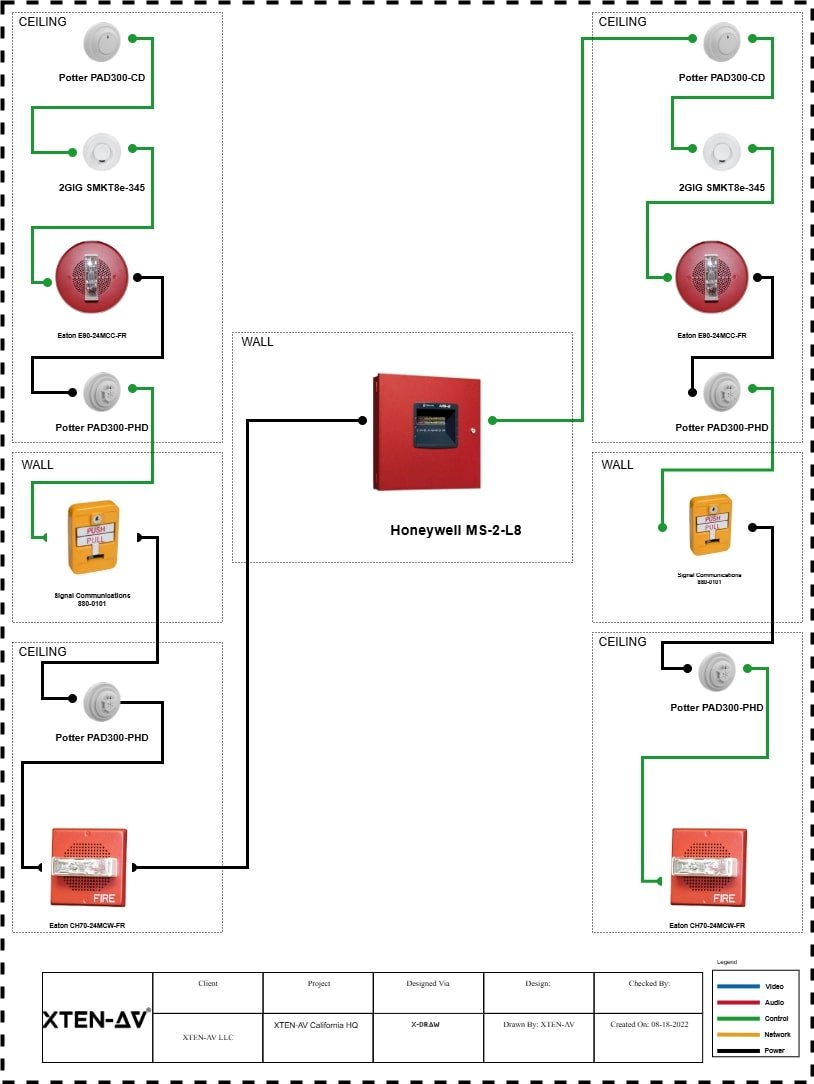

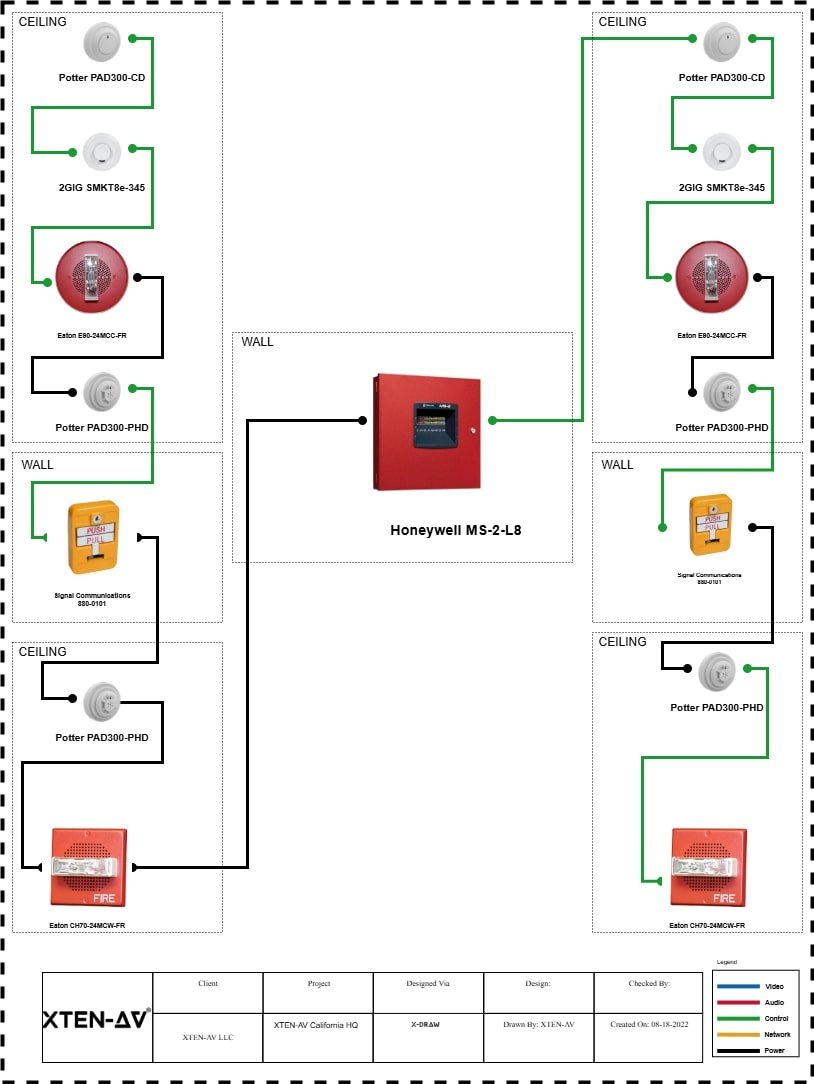


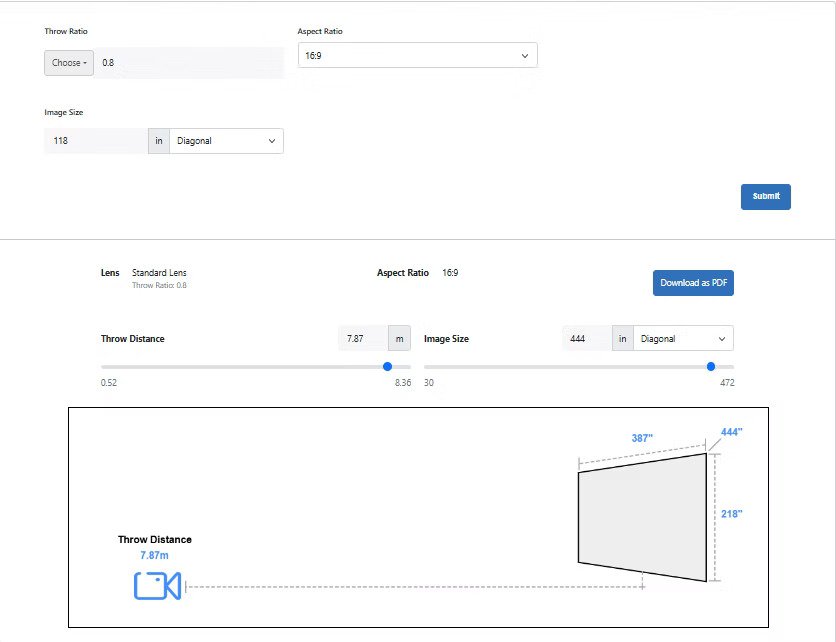



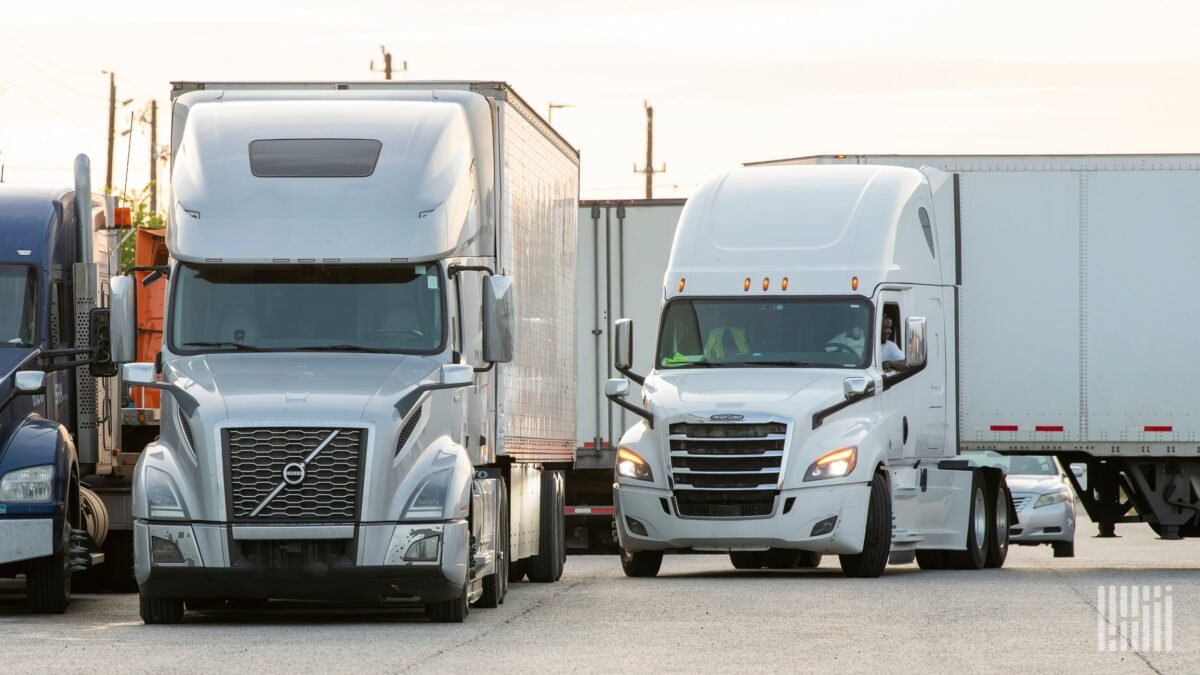
Leave a Reply